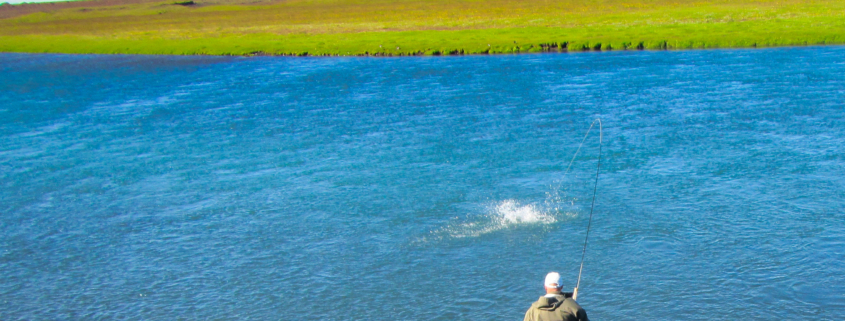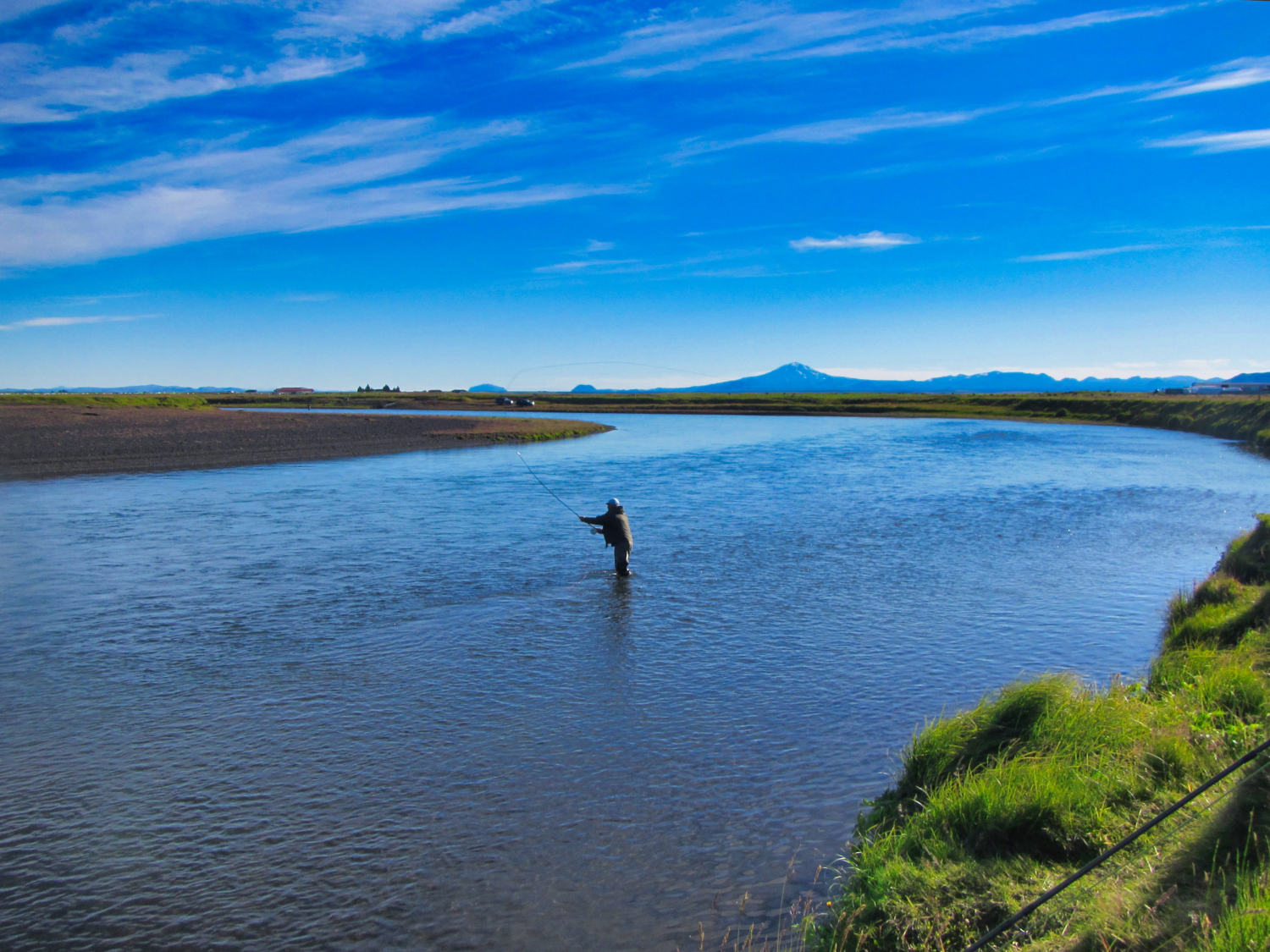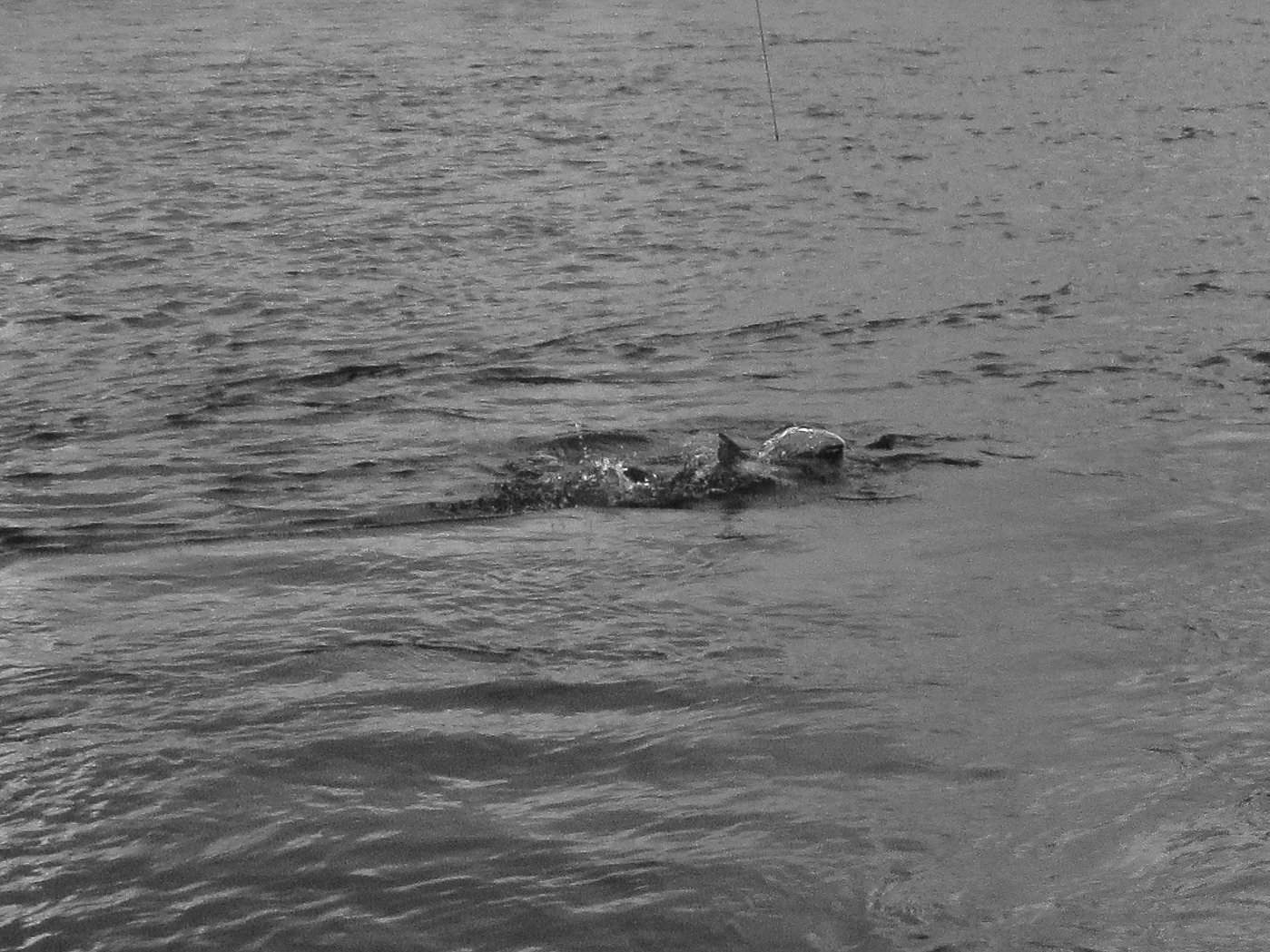 Jonas Magnusson
Jonas MagnussonVersileaders – Polyleaders –etc.
Housekeeping
Most lines are designed so, that when you add a correct leader and a fly, the outfit will turn over beautifully and we are happy. In other words, the fly lines are designed to turn over a certain mass i.e., the mass of the leader and the corresponding fly. As I have repeatedly mentioned in these technical blogs, a fly line without the leader will kick when cast. All fly lines are designed to have a leader added to the end of the fly line.

Design of fly lines
A fly line is designed to work with a certain mass that you add with your leader and your fly. If no mass is added to a fly line – it will kick when cast. Correct leader and fly (correct mass) added can be cast as intended. If we add a lot more mass for instance with a heavy fly the casting becomes problematic again. So, all lines have an optimal mass that needs to be added for that line to work well. Of course, this optimal mass is always caster dependent.
(In the two-handed world, the lines are designed the same way, but the exception is the Skagit line where you always must add a tip plus a leader for the system to work. That is outside the scope of this piece.)

Lots of tips available
All the line makers produce tips that you can add to a line if you wish to do so. There are a plethora of various density and length tips available. They are marketed as Vesileaders – Polyleaders – etc. An add-on tip is a tip made of PVC or polyurethane meant to be added to the end of a fly line. Those tips can either be tapering or level. However, the mass of the tip is usually not to be found on the packing.

Why use them?
You can of course add those tips to fly your lines. But what is the rationale for doing so?
You are fishing with a floater and your friend who is using a sink tip is catching them right and left but you are not. You can add an intermediate or a sink tip to your floating line to get the fly down.
However, adding tips to floating lines not designed to take that mass is just a quick, simple way to turn a floating line into a sinking tip line, but at a price. These tips will weigh several times more than a conventional leader (16lb leader I have weighs 11.2 grain). The weight of the tips is not disclosed but rest assured it is much more than the leaders. That mass of the tip will have to be added plus a little bit of tippet and the fly. They will cast terribly, predictably. When you look up these tips you will find marketing blurbs – “Casts well and turns your floating line into a sink tip” – those are written by some good casters, and they can undoubtedly deal with the extra mass, but average casters will suffer.

The mass again
Since the drawback to tips is their extra mass, the relationship of the added tip mass to the line’s head mass is the important one. Therefore, of course, adding a relatively light tip to a heavy line works much better than adding any tip to a light line.
Any line can be made to cast these tips if the angler shortens their fly lines front taper. Thus, more mass is at the tip and allows a line to cast a heavier tip. When the mass of the tip of the fly line matches the mass of the butt of the leader all is well. In many cases, though that will mean sacrificing the entire front taper, to get a reasonable match between the fly line’s end and the tip.
Technical consultant: Bruce Richards
Pictures: Sigurbrandur Dagbjartsson

